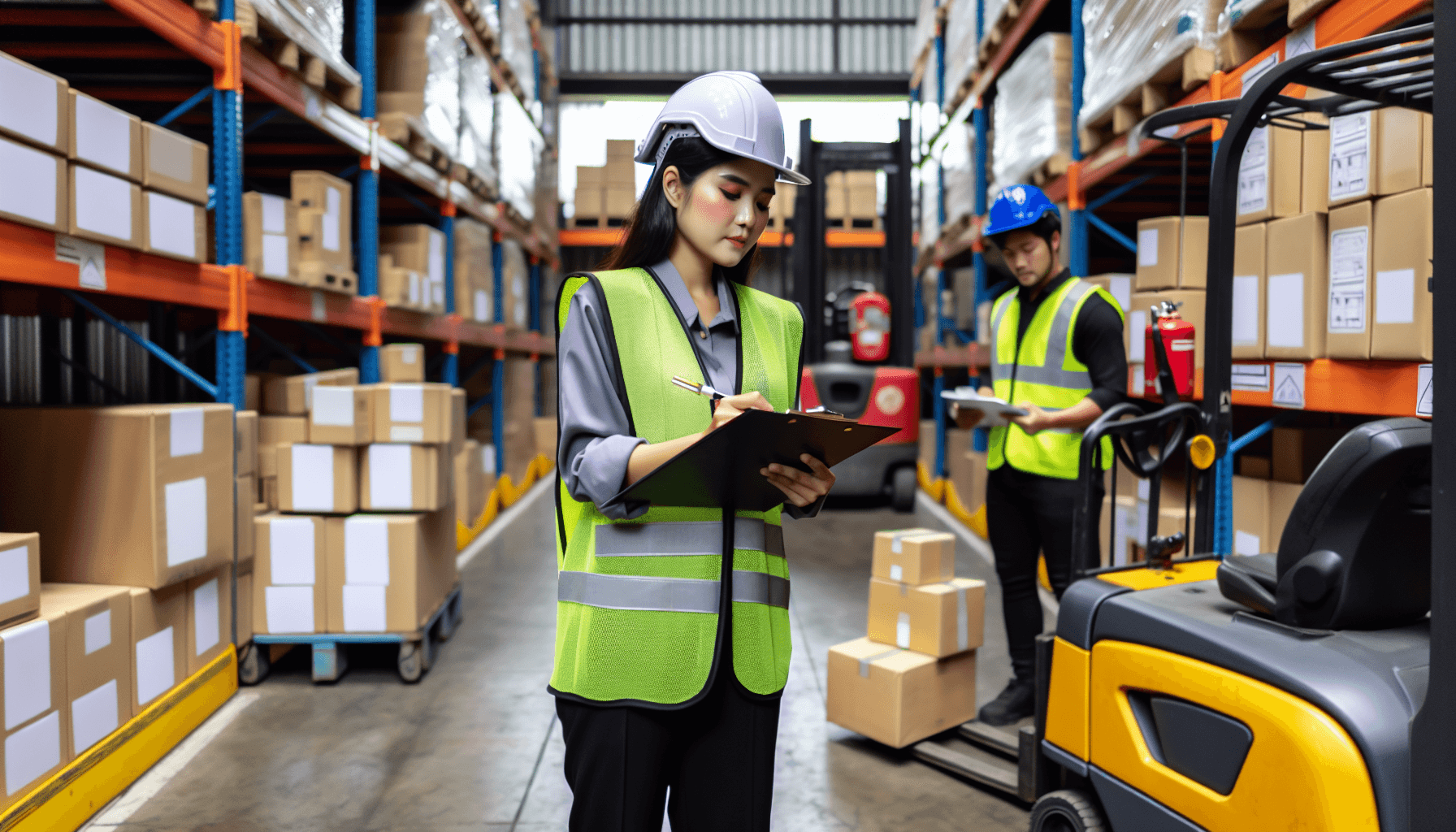When it comes to managing a warehouse, safety isn’t something that should sit on the back burner. It touches everything—people, product, equipment—and when it breaks down, the cost goes far beyond repair bills. Regular safety evaluations are one of the clearest ways to stay ahead of accidents and stay compliant, but more than that, they show your people you care. And that matters.
What Exactly Is a Warehouse Safety Evaluation?
A safety evaluation is a full-scale review of your facility—how it’s built, how it runs, and what could go wrong if things don’t get addressed. We walk through the site, flag potential hazards, and help develop real solutions. Sometimes we do this alongside your in-house team, other times we handle it all externally. The goal is always the same: find problems before they become emergencies.
Common Areas We Assess Include:
- Warehouse structure and physical layout
- Forklifts, conveyors, and other industrial equipment
- How materials are stored, handled, and moved
- Shelving systems and load-bearing practices
- Fire suppression systems and emergency routes
- Lighting levels and air quality (ventilation)
- Ergonomic risks and workstation design
- Training programs and employee awareness
Why Bother With All This?
Because you can’t afford not to. Safety evaluations help protect lives and keep the business legally sound. We’ve seen operations hit with steep penalties—fines, shutdowns, even lawsuits—because something small was overlooked. But the real value? It’s in reducing risk long-term and building a culture that doesn’t treat safety like a checklist item.
What You Gain:
- Regulatory Compliance: Stay ahead of OSHA and other agency audits
- Hazard Prevention: Catch issues like blocked exits, overloaded shelves, or worn-out PPE before they lead to injury
- Risk Mitigation: Minimize downtime, lawsuits, and insurance claims
- Continuous Improvement: Use evaluation data to build smarter, safer systems over time
How We Recommend You Approach It
There’s no one-size-fits-all, but here’s a general outline we follow when helping facilities perform their own safety evaluations or when conducting them ourselves:
1. Build a Cross-Functional Safety Team
Bring in voices from operations, maintenance, safety, and even HR. Different perspectives catch different risks.
2. Use a Warehouse-Specific Checklist
It should include equipment inspections, egress routes, signage, racking condition, training logs—you name it. The more specific, the better.
3. Walk the Facility—Thoroughly
Don’t rush this. Check lighting, ventilation, cleanliness, signage. Look for patterns—recurring leaks, blind spots, things folks “just work around.”
4. Inspect Machinery and Tools
Evaluate forklifts, ladders, pallet jacks, conveyors. Anything that moves or lifts must be checked for wear, damage, or misuse.
5. Review Material Handling Practices
Watch how pallets are stacked, how aisles are cleared (or not), and whether proper lifting technique is taught and followed.
6. Evaluate Racking and Shelving
Check for buckling, overloaded shelves, poorly secured items. Racks are one of the most overlooked danger zones in warehouse environments.
7. Check Fire Safety and Emergency Systems
Are extinguishers present and inspected? Are exit paths clear and marked? Is your emergency lighting functional? Don’t wait to find out in a real emergency.
8. Ventilation and Lighting
If your team’s breathing in dust or navigating shadows, performance and safety suffer. Good airflow and visibility aren’t luxuries—they’re requirements.
9. Workplace Ergonomics
Improper workstation design leads to long-term injuries. Look at repetitive tasks, awkward positions, and lifting posture.
10. Training & Awareness
Ask your team questions. Do they know what to do in an emergency? When was the last safety drill? When protocols aren’t clear, accidents aren’t far behind.
11. Document, Act, and Follow Through
Logging problems isn’t enough. Assign ownership, set deadlines, and track fixes. If you don’t close the loop, the same hazards will keep resurfacing.
One More Thing…
Safety isn’t static. Warehouses change—new equipment, new layout, new people. That’s why we don’t treat evaluations as one-and-done. We build safety into the culture, the routines, the mindset. Because at the end of the day, keeping your people safe is the best investment you’ll ever make.
Need help evaluating your facility? We’ve been doing this for over a decade, and we’re ready when you are.
Contact HCO Innovations:
Phone: 1-888-755-9566
Email: info@hcoinnovations.com
Address: 5540 Centerview Drive, Suite 200, Raleigh, NC 27606

